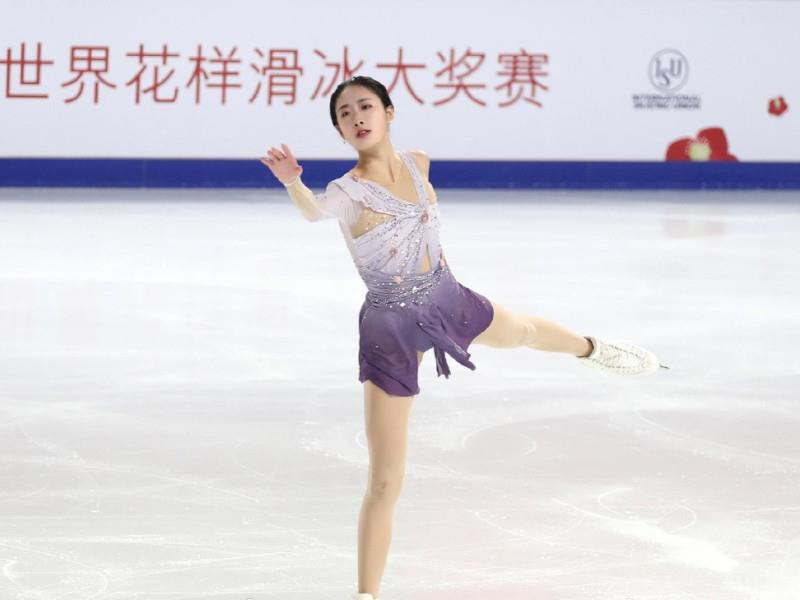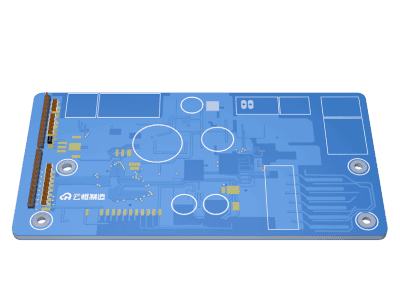TheBeatofInnovation:UnderstandingtheWorldofEDM(电子音乐英文简写)
Electronic Dance Music (EDM), often abbreviated as such, has captivated the world over the past few decades, evolving and growing in popularity with each passing year. Its origins can be traced back to the late 1970s and early 1980s, when pioneering artists like Kraftwerk and Giorgio Moroder laid the foundation for what would become a global electronic music revolution.
The genre gained momentum in the late 1980s with the rise of rave culture, introducing iconic artists such as Aphex Twin and The Prodigy to the masses. As technology progressed, EDM underwent a transformation, leading to the emergence of various sub-genres, including trance, house, techno, and dubstep.
One of the defining characteristics of EDM is its vast array of sounds and styles. Each sub-genre offers a unique listening experience, from the uplifting melodies of progressive house to the high-energy beats of drum and bass. Artists continually push boundaries, blending elements of classical music, jazz, and world music into their productions. This diversity not only caters to a wide range of listeners but also keeps the genre dynamic and constantly evolving.
At the heart of EDM's growth is the rapid advancement of music technology. From the first synthesizers and drum machines to modern digital audio workstations (DAWs) and virtual instruments, technology has enabled producers to create complex compositions with relative ease. The internet has further democratized music distribution, allowing independent artists to reach global audiences through platforms like SoundCloud and Spotify.
EDM has transcended beyond being just a musical genre; it has become a cultural phenomenon. Festivals like Tomorrowland and Ultra Music Festival draw hundreds of thousands of attendees each year, creating immersive experiences that combine music with visual arts and community. These events foster a sense of unity among fans from different backgrounds, all coming together to celebrate their love for electronic music. Additionally, EDM has influenced fashion, with festival-goers often donning eclectic outfits and accessories that align with the vibrant energy of the music.
The allure of pulsating beats and euphoric melodies has captured hearts worldwide, making electronic music borderless. With its universal appeal, EDM has found a place in virtually every corner of the globe, from underground clubs to bustling festival venues. The international success of artists like David Guetta and Calvin Harris underscores EDM's crossover potential, bringing electronic sounds into mainstream pop charts.
Looking ahead, the future of EDM appears bright and filled with potential. Emerging technologies like artificial intelligence and virtual reality promise to reshape how music is created and experienced. As more young and diverse talent enters the scene, we can expect fresh perspectives and innovative sounds that will continually drive the evolution of this vibrant genre.



















